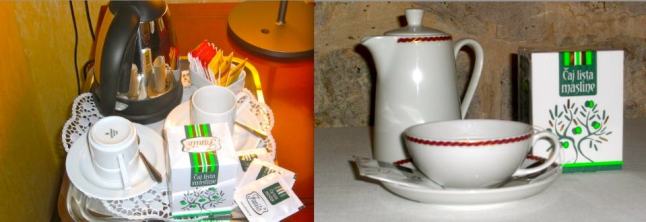When you think about Mediterranean, one of many associations will probably be the Mediterranean diet and olive oil as one of its main ingredients.
Right now at the beginning of November and until end December is the time of the year when olive tree fruits ripe and are ready for harvesting.
However, the olive oil is not the only product of this famous Mediterranean tree; namely just before riping, still green olives are harvested. Then every single fruit has to be pounded, normally with a meat pounder. This is a very sensitive part because the olive has to crack but keep its shape. The olives are then kept in water for three weeks and the water has to be changed every single day so that the olive bitterness is minimized. In the last phase, the olives are conserved in jars together with fennel and bay leaves, poured with boiling water – 10 days later this tasty delicacy is ready to be served and is an infallible sidedish for all Christmas time meals and parties. It pairs best with prosciutto, red wine and homemade cheese.
Even ripe, black olives are an excellent delicacy; at the time of harvest the bigger, fleshy, dark fruits are chosen, then salted with flaky sea salt and shortly roasted in the oven. Having its own specific taste and seasoned with a few drops of olive oil, make a perfect snack or a side dish.
The olive leaf is also extremely valuable – its tea has so many proven benefits for human health, especially as a prevention of infectious diseases.

Tea of olive leaf is served at our Kazbek hotel
But let’s continue with the story of olive oil: the harvesting is probably one of the easiest works in agriculture; it doesn’t require any significant physical effort. However, it can be something challengings with old, high trees (did you know that in Croatia there is the olive tree which is believed to be 1600 years old and is located in the National park Brijuni, Istrian peninsula – source Wikipedia)
Immediately after harvesting, the olives are processed. It’s interesting to mention how it was done back in history in the old mills. The olives would be placed in a stone pool and pressed with another round stone turned by water stream or donkeys. In another phase, the paste which would remain out of pressed olives would be put in hand knitted bags and squeezed by a special device which was done by human strength. In the last step, the olive oil is separated by pouring boiling water over the bags.
Nowadays, the olive oil extraction is significantly easier and faster with the help of modern technologies.

Olive oil extraction
Talking about the ratio, 1 kg of olives brings from 10 – 25% of olive oil depending on olive tree sort, weather conditions in that year, location, the age of olive tree… And this is what our title refers to – a very common question in local conversations these days is: “What’s your percentage?” , meaning how much olive oil did you get from your olives this year.
If your travel plans bring you to our part of the Mediterranean in the future at the time of olive harvesting, join our team and take part in it. You will certainly have fun just like we did a few days before.








































